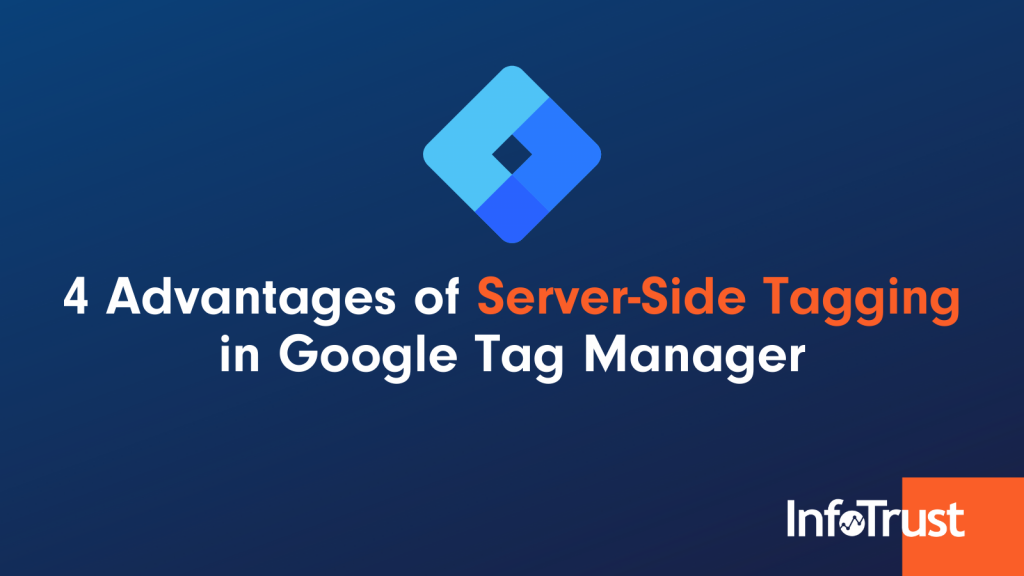Server-side tagging is a hot topic these days in the analytics world. For the uninitiated, server-side tagging allows users to move measurement tag instrumentation out of their website or app and onto a server hosted on Google Cloud. Moving your tags to a server has a bevy of benefits: increased site performance, the ability to sanitize personally identifiable information (PII), and combine third-party datasets.
Below are a list of benefits to server-side tagging using Google Tag Manager (GTM) that can be shared with your broader organization and stakeholders.
Improved Website Performance
A sophisticated tracking strategy typically comes with a large amount of tags on a website. However, too many tags can lead to poor website performance and speed for the end-user.
Server-side tagging in GTM allows you to offload your tags onto a server. The benefit of transferring various tags from the website to the server is a zippier experience for the end-user.
Governance and Control
Due to increased regulations on data collection (e.g. General Data Protection Regulation or GDPR), it is even more imperative to avoid collecting personally identifiable information (PII). With server-side tagging, you can scrub any PII data before it is sent to a vendor.
This benefit is incredibly useful because as the amount of data your organization collects grows, the risk to be fined for each individual infraction grows. If you are a large enterprise company and you did not realize that you had a PII issue in your Google Analytics reporting suite, the regulatory fines can quickly accumulate and skyrocket.
Ad Blockers
Ad blocker usage is quite common today—and that has a very real impact on data collection (so much so that Apple recently introduced their own tracking prevention technology). For example, it is currently possible for an ad blocker to block data collection even if a user consents in allowing your organization to collect their data.
With server-side tagging, you are able to create a custom domain/URL that will not be filtered by these various anti-tracking technologies. It is important to note that you will still need to follow the regulatory guidelines laid out by legislation like GDPR.
Data Enrichment
An additional advantage of server-side tagging is the ability to combine/enrich your data before it is sent to a third-party vendor. For example, you may want to add SKU or product data to your dataset before sending it off to your internal database (e.g. Looker).
A related benefit is that you can collect less data on the actual website. It may make sense to simply collect a product ID and add all of the other product information (e.g. brand, manufacturer, etc.) when the data hits the server. This can lead to standardization of data across your vendors, as well as make it easier for your development team to work with the data.
The internet is moving closer and closer to a cookieless space, and server-side tagging with GTM will put you in the best place to future-proof in lieu of these developments.



